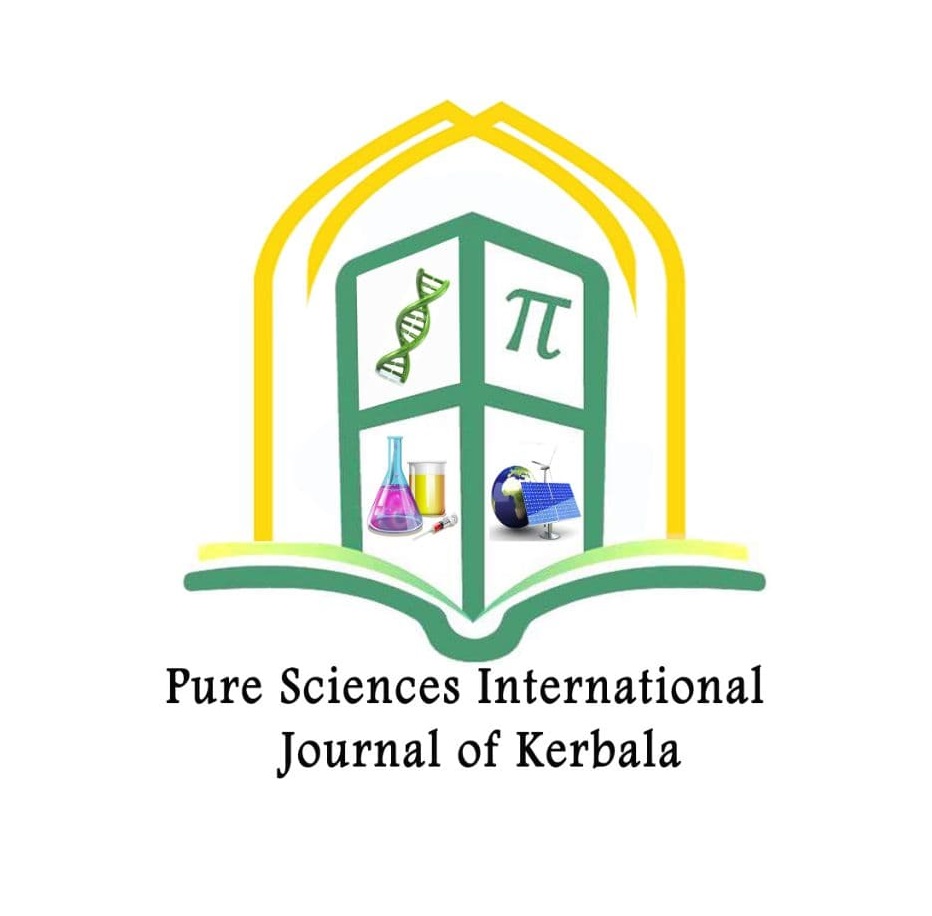Separation Heavy Metals from Waste Water
Keywords:
heavy metals, wastewater, adsorption, purification, a pressure-dispersion methodAbstract
The aim of the study of wastewater treatment is to reduce the amount of pollutants in the waterways. Certain countries use biological filtration techniques, while others resort to sedimentation or filtration. Several factors have reduced harmful emissions, including technological advancements and a shift towards less mineral production. However, with the increasing consumption of heavy metals, it is of utmost importance to vigilantly monitor the concentration of these contaminants. Mass spectrometry and atomic absorption spectroscopy are utilized to analyze the various elements in wastewater. These analytical tools are vital in this process and are highly regarded in scientific studies.





